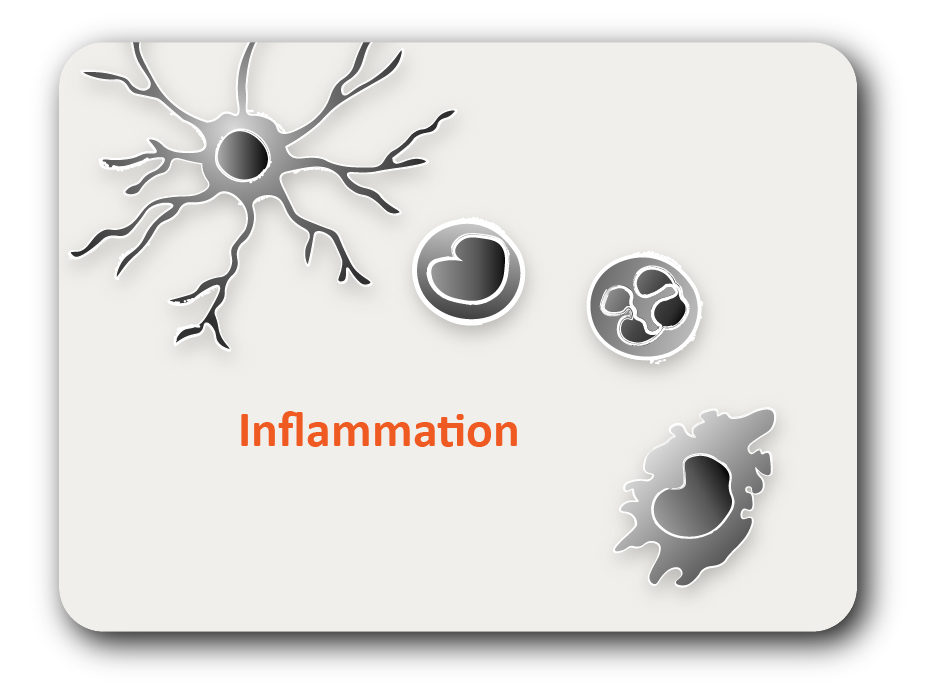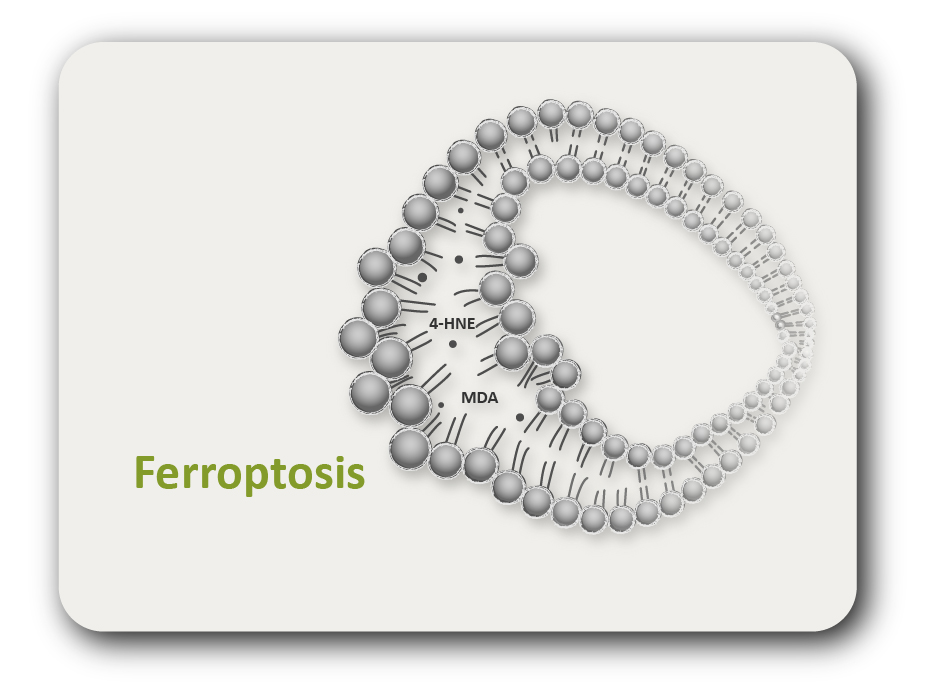ARG23060
anti-CD5 antibody [OX-19]
anti-CD5 antibody [OX-19] for Flow cytometry,IHC-Frozen sections,IHC-Formalin-fixed paraffin-embedded sections,Immunoprecipitation and Rat
概述
| 产品描述 | Mouse Monoclonal antibody [OX-19] recognizes CD5 Mouse anti Rat CD5 antibody, clone OX-19 recognizes the rat CD5 cell surface antigen, a 69kD glycoprotein expressed by T cells, thymocytes and a subset of B cells. Mouse anti Rat CD5 antibody, clone OX-19 has been reported as being suitable for use on periodate-lysine paraformaldehyde (PLP) fixed paraffin embedded tissue (Whiteland et al. 1995). Mouse anti Rat CD5 antibody, clone OX-19 is routinely tested in flow cytometry on rat splenocytes. |
|---|---|
| 反应物种 | Rat |
| 应用 | FACS, IHC-Fr, IHC-P, IP |
| 宿主 | Mouse |
| 克隆 | Monoclonal |
| 克隆号 | OX-19 |
| 同位型 | IgG1 |
| 靶点名称 | CD5 |
| 抗原物种 | Rat |
| 抗原 | Rat thymocyte glycoproteins. |
| 偶联标记 | Un-conjugated |
| 別名 | CD antigen CD5; Lymphocyte antigen T1/Leu-1; LEU1; T-cell surface glycoprotein CD5; T1 |
应用说明
| 应用建议 |
|
||||||||||
|---|---|---|---|---|---|---|---|---|---|---|---|
| 应用说明 | IHC-P: PLP fixation is recommended for optimal results. FACS: Use 10 µl of the suggested working dilution to label 10^6 cells in 100 µl. * The dilutions indicate recommended starting dilutions and the optimal dilutions or concentrations should be determined by the scientist. |
属性
| 形式 | Liquid |
|---|---|
| 纯化 | Purification with Protein A. |
| 缓冲液 | PBS and 0.09% Sodium azide |
| 抗菌剂 | 0.09% Sodium azide |
| 浓度 | 1 mg/ml |
| 存放说明 | For continuous use, store undiluted antibody at 2-8°C for up to a week. For long-term storage, aliquot and store at -20°C or below. Storage in frost free freezers is not recommended. Avoid repeated freeze/thaw cycles. Suggest spin the vial prior to opening. The antibody solution should be gently mixed before use. |
| 注意事项 | For laboratory research only, not for drug, diagnostic or other use. |
生物信息
| 数据库连接 | |
|---|---|
| 基因名称 | Cd5 |
| 全名 | Cd5 molecule |
| 生物功能 | May act as a receptor in regulating T-cell proliferation. [UniProt] |
| 预测分子量 | 55 kDa |
| 翻译后修饰 | Phosphorylated on tyrosine residues by LYN; this creates binding sites for PTPN6/SHP-1. |





